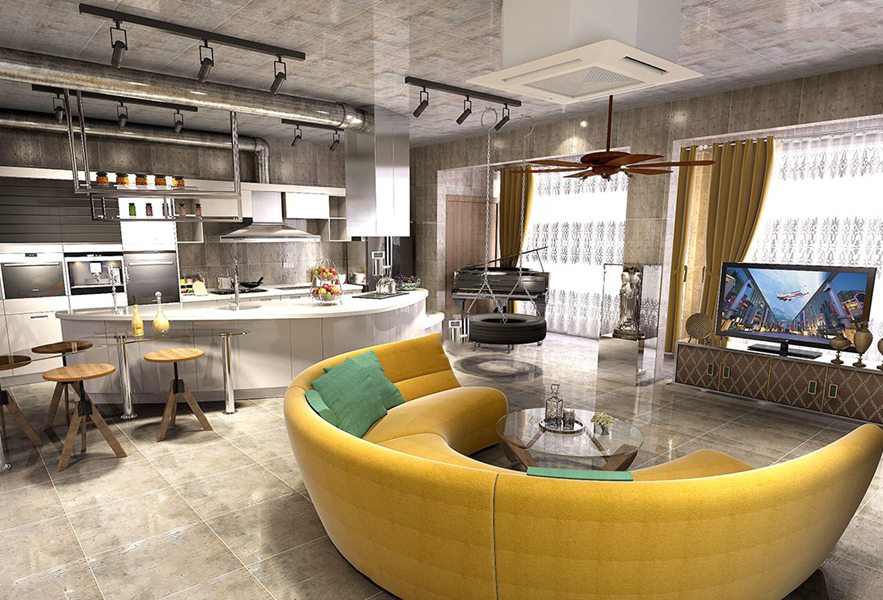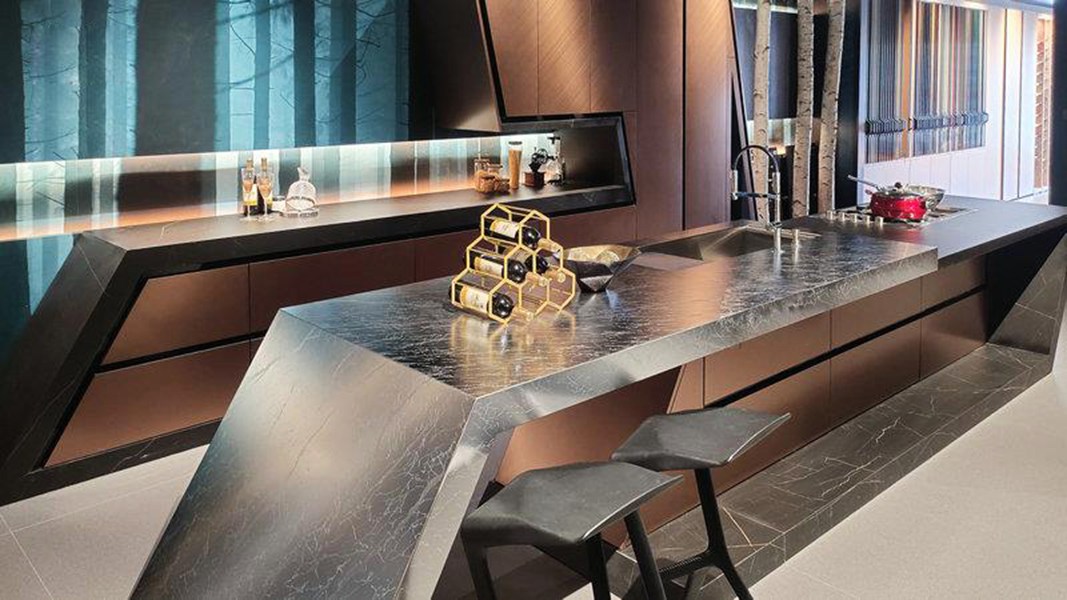How to Choose the Right Stainless Steel Cabinets for Your Kitchen
Stainless steel cabinets have become increasingly popular in modern kitchen designs due to their sleek appearance, durability, and hygiene benefits. Whether you’re designing a professional chef’s kitchen or upgrading your home space, stainless steel cabinets offer a contemporary and functional solution. However, choosing the right stainless steel cabinets requires careful consideration of various factors such as material quality, style, features, and budget.
1. Assess Your Kitchen Needs
Before selecting stainless steel cabinets, start by evaluating your kitchen layout and storage requirements. Consider the following aspects:
· Storage Space: How much storage do you need? Think about whether you require base cabinets, wall-mounted cabinets, or a combination of both.
· Kitchen Layout: Measure the available space to ensure the cabinets fit seamlessly into your design.
· Functionality: Do you need pull-out shelves, deep drawers, or built-in organizers? These elements can enhance usability.
Understanding these factors will help you choose cabinets that optimize storage and complement your kitchen’s workflow.
2. Choose the Right Stainless Steel Grade
Not all stainless steel is the same. The quality and durability of your cabinets depend largely on the grade of stainless steel used. The two most common grades for kitchen cabinets are:
· 304 Stainless Steel: This is the most popular choice for kitchen cabinets due to its high resistance to rust, corrosion, and heat. It is also non-magnetic and easy to clean, making it ideal for residential and commercial kitchens.
· 316 Stainless Steel: This grade offers even better corrosion resistance, particularly against salt and moisture, making it suitable for coastal areas or humid environments.
When selecting stainless steel cabinets, ensure that the manufacturer specifies the grade of stainless steel used. Lower-quality steel may be prone to rust and degradation over time.
3. Consider Cabinet Construction and Thickness
The thickness of stainless steel is measured in gauge, with lower numbers indicating thicker and stronger material. The most commonly used gauges for stainless steel cabinets are:
· 18-Gauge (Thicker & Stronger): Ideal for heavy-duty use, commercial kitchens, and high-end residential kitchens.
· 20-Gauge or Higher (Thinner & Lighter): More affordable and suitable for light-duty residential use.
Well-constructed stainless steel cabinets should have seamless welding and reinforced corners to ensure durability and resistance to dents and damage.
4. Select the Right Finish
The finish of stainless steel cabinets not only affects their appearance but also determines their maintenance requirements. Popular finish options include:
· Brushed or Satin Finish: This is the most common option as it hides fingerprints and smudges better than other finishes. It provides a modern, slightly matte look.
· Polished or Mirror Finish: This finish offers a sleek, high-gloss appearance, but it is more prone to fingerprints and requires frequent cleaning.
· Matte or Textured Finish: A great choice for those who want a subtle, elegant look with minimal maintenance. Some manufacturers offer powder-coated finishes in different colors for a unique touch.
Consider your lifestyle and cleaning habits when choosing a finish to ensure your cabinets remain visually appealing with minimal effort.
5. Look for Functional Features
Beyond aesthetics, stainless steel cabinets should offer practical features that enhance convenience and efficiency in your kitchen. Some must-have features include:
· Soft-Close Hinges and Drawers: Prevents slamming and extends the lifespan of the cabinets.
· Adjustable Shelving: Allows you to customize storage space based on your needs.
· Integrated Lighting: Improves visibility and enhances the overall look of your kitchen.
· Ventilation Systems: Helps prevent condensation and moisture buildup, which is particularly important in humid environments.
Choosing cabinets with these features can significantly improve the functionality of your kitchen.
6. Match the Design to Your Kitchen Style
While stainless steel cabinets are often associated with industrial-style kitchens, they can be adapted to various design aesthetics. Consider the following design options:
· Modern & Minimalist: Opt for flat-panel stainless steel doors with a seamless, handle-free design for a clean and contemporary look.
· Traditional & Warm: Combine stainless steel cabinets with wooden or glass elements to create a balanced and inviting atmosphere.
· Custom Finishes: Some manufacturers offer powder-coated or textured stainless steel in different colors to match your kitchen décor.
Think about how the cabinets will integrate with your countertops, backsplash, and overall kitchen theme to create a cohesive design.
7. Consider Installation and Maintenance
Stainless steel cabinets are relatively easy to install, but proper alignment and support are essential for a polished look. Here are a few considerations:
· Ensure Proper Fit: Custom-built cabinets may require professional installation to ensure precise fitting.
· Maintenance Requirements: Stainless steel is resistant to stains and bacteria, but it is prone to fingerprints and smudges. Regular cleaning with mild soap and water can keep it looking new.
· Protective Coatings: Some manufacturers offer fingerprint-resistant coatings to reduce smudges and make cleaning easier.
If you prefer a low-maintenance option, choose a brushed or matte finish to minimize visible fingerprints.
8. Set a Budget and Compare Prices
Stainless steel cabinets are an investment, and prices can vary significantly based on quality, brand, and customization options. Factors influencing the cost include:
· Grade and Thickness of the Stainless Steel: Higher-quality steel will be more expensive but offers better durability.
· Customization & Features: Soft-close hinges, integrated lighting, and custom finishes can add to the cost.
· Brand Reputation: Established manufacturers may charge a premium for high-quality craftsmanship and warranties.
To get the best value for your money, compare prices from different manufacturers, request quotes, and check customer reviews before making a final decision.
Choosing the right stainless steel cabinets for kitchen requires careful planning and consideration of multiple factors, including material quality, design, functionality, and budget. By selecting the appropriate stainless steel grade, finish, and construction, you can ensure your cabinets offer durability and style. Additionally, incorporating features like soft-close hinges, adjustable shelving, and proper ventilation can enhance usability.
Whether you’re looking for a sleek modern kitchen or a high-performance cooking space, stainless steel cabinets are a timeless and practical investment that can elevate the aesthetics and functionality of your kitchen for years to come.
Hot News
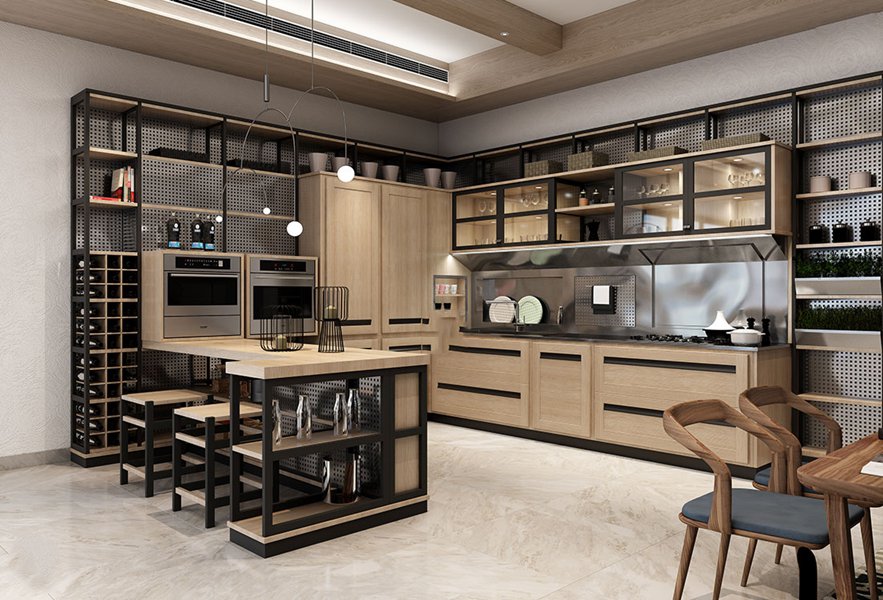
Best Outdoor Stainless Steel Cabinets: Features, Prices, and Buying Tips
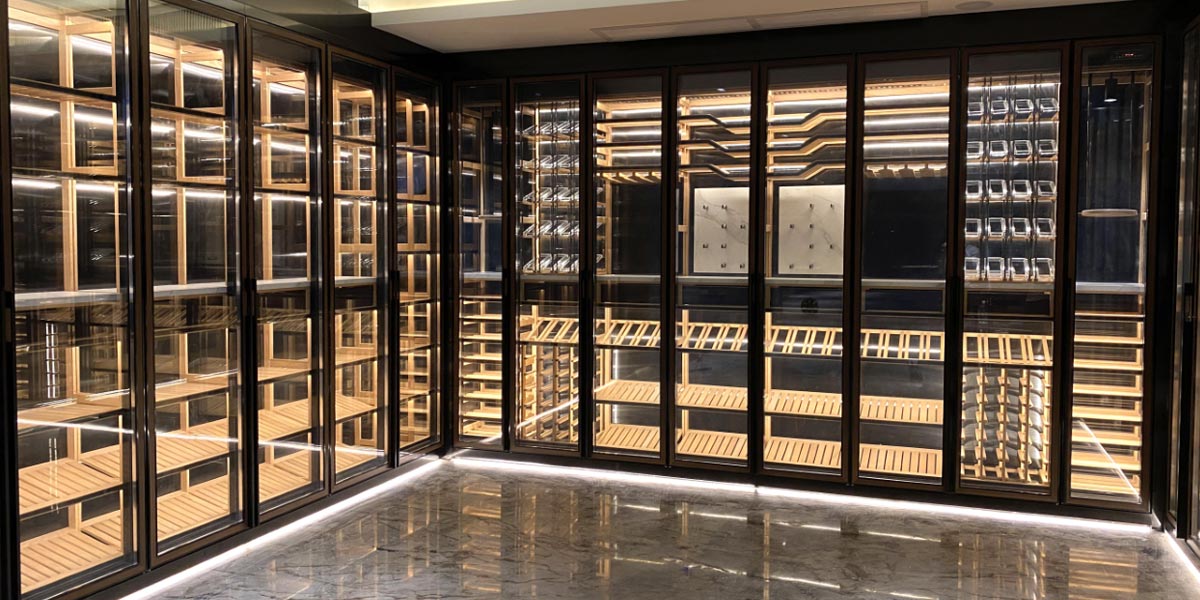
Built-in vs. Freestanding Stainless Steel Wine Cabinets
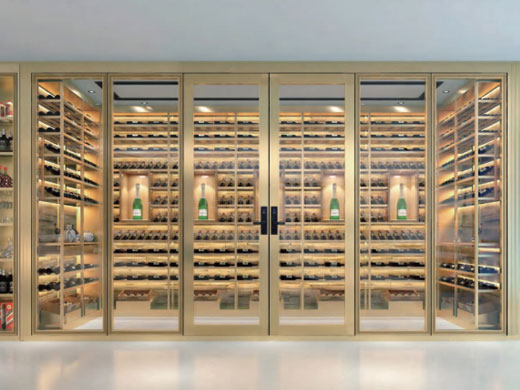
Stainless Steel Wine Cabinet: Ultimate Guide for Modern Wine Storage
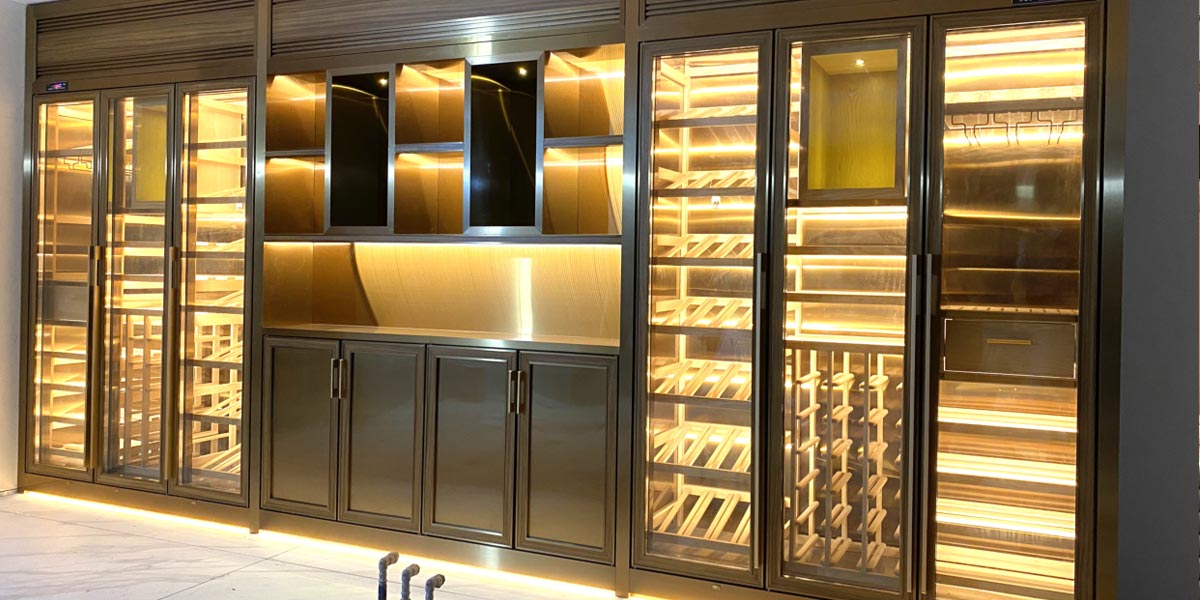
How to Choose the Right Stainless Steel Wine Cabinet: A Complete Buyer’s Guide
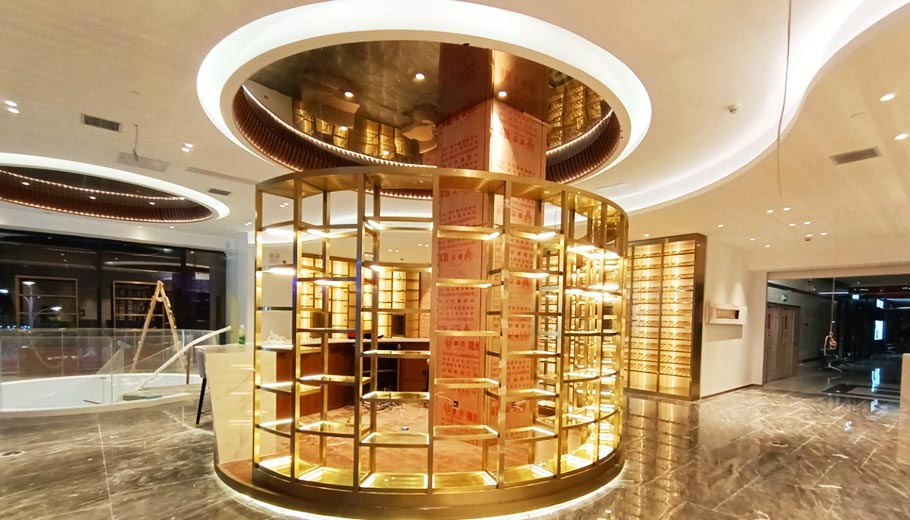
What Size Stainless Steel Wine Cabinet Do You Need?
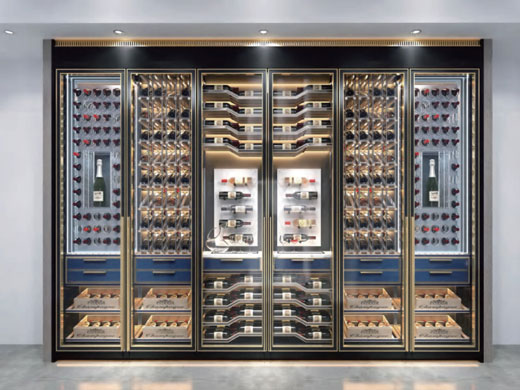
Single-Zone vs. Dual-Zone Stainless Steel Wine Cabinets: Which One Should You Choose?
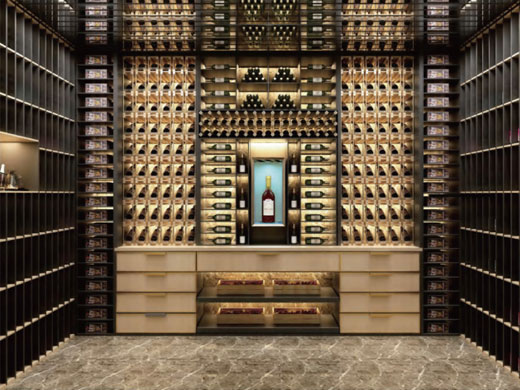
Best Commercial Stainless Steel Wine Cabinets for Bars & Restaurants







